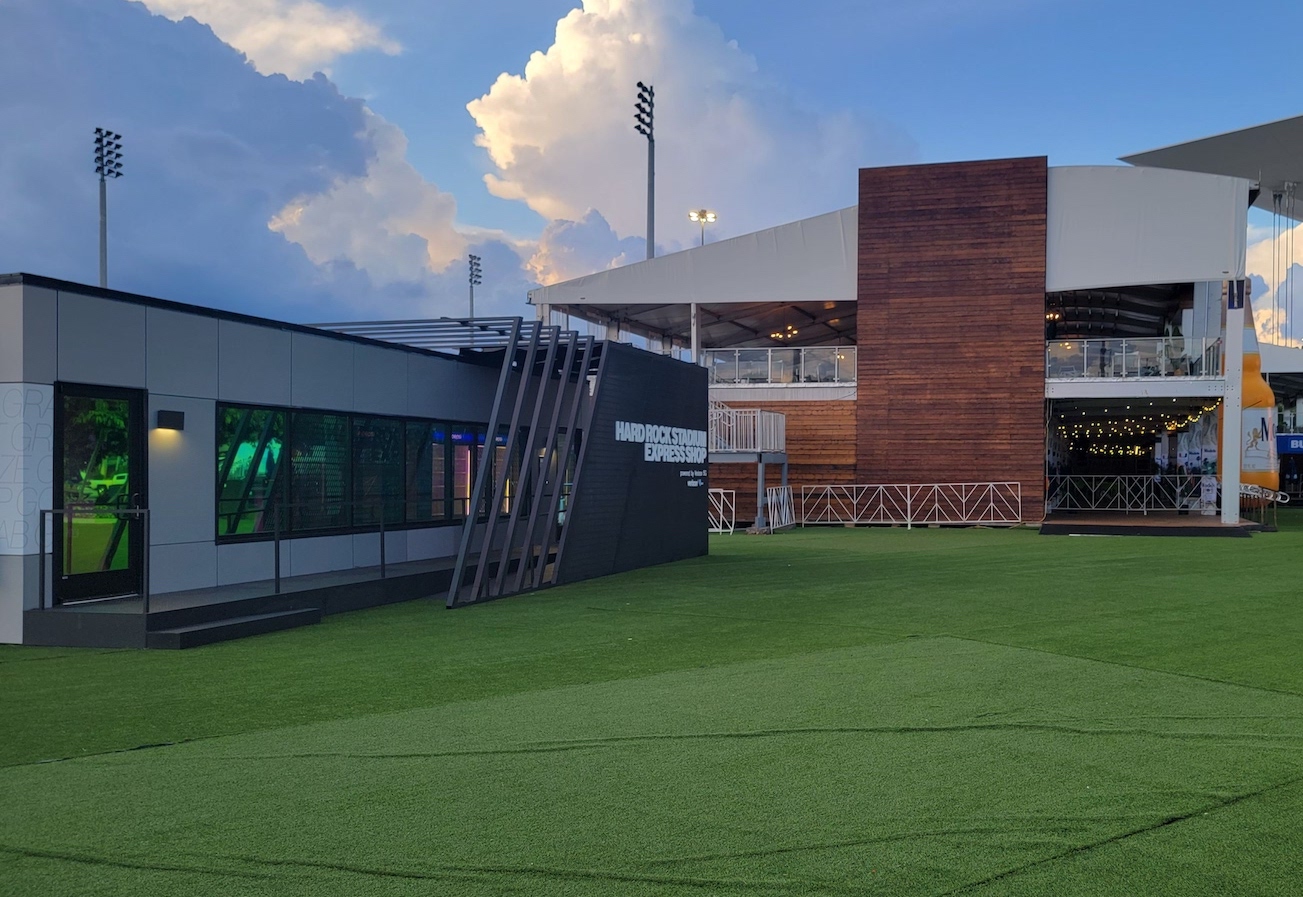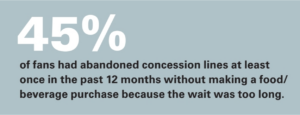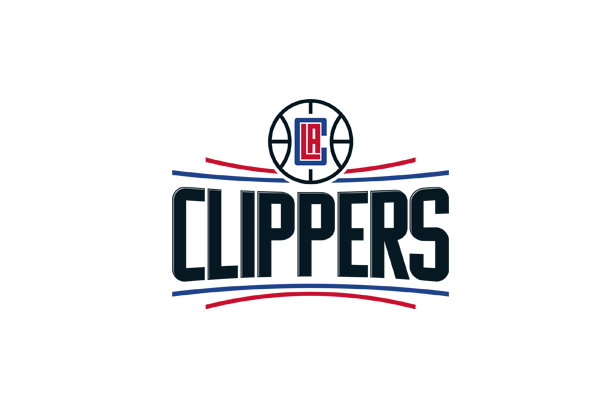
26 Jan - Autonomous Checkout and the Fan Experience
Stadiums and event venues receive millions of visitors each year—the sports travel industry alone generated $39.7 billion in direct spending and created over 600,000 jobs in 2021.
 After the challenges of the pandemic, these fans come to the venue expecting a stellar customer experience, but there is a significant demand for safer and more convenient ways to shop at crowded events. Customers want to remain safe while shopping with self and autonomous checkout—and they also wish to get back to their seat as quickly as possible.
After the challenges of the pandemic, these fans come to the venue expecting a stellar customer experience, but there is a significant demand for safer and more convenient ways to shop at crowded events. Customers want to remain safe while shopping with self and autonomous checkout—and they also wish to get back to their seat as quickly as possible.
An often overlooked part of the visitor experience at sporting events is the retail experience for visitors who purchase food, beverages, and merchandise. As customers become more discerning and demanding, venues must ensure that every part of the visitor experience delivers the convenience customers have come to expect from modern retailers.
Why Customers Demand Better Shopping Experiences at Sporting Events
1. Customers Want a Safe Experience as They Return to Crowded Stadiums After the Pandemic
 The pandemic inspired Americans to adapt how they interact with businesses and shoppers were introduced to new ways of purchasing goods and services. Self-checkout was a shopping experience that 79% of users said they intended to continue using after the pandemic. As more fans visit stadiums that have numerous touchpoints and are more crowded than the average shopping location, sports venues must evolve to meet visitor preferences and keep their customers safe and healthy.
The pandemic inspired Americans to adapt how they interact with businesses and shoppers were introduced to new ways of purchasing goods and services. Self-checkout was a shopping experience that 79% of users said they intended to continue using after the pandemic. As more fans visit stadiums that have numerous touchpoints and are more crowded than the average shopping location, sports venues must evolve to meet visitor preferences and keep their customers safe and healthy.
2. Long Lines and Waiting Times Make the Stadium Concessions Experience Cumbersome and Unpleasant
Nobody likes long lines when they’re shopping. This is particularly true for sports fans who have limited time between periods of play to purchase merchandise, get food, or buy a drink to enjoy during the game. Fans are also returning to stadiums in large numbers after pandemic closures as a result of suppressed demand. Stadiums have to find more efficient ways of dealing with this increased traffic to provide a better fan experience within the stadium.
English Premier League Fans experienced the benefits of autonomous checkout firsthand at Leicester City Football Club’s home stadium. Fans were able to purchase hot food and snacks without needing to spend a lot of time waiting in lines or for other people to pay before they could have their turn. AiFi’s ability to integrate with third parties even allowed draft beer to be served within the autonomous store.
In this new arrangement, brands keep the prominent placements they had in older, more traditional store settings.
3. Poor Shopping Experiences and Slow Checkouts Disrupt the Visitor Experience at Sporting Events
 Fans visit stadiums for stress-free fun and excitement. However, long lines, slow checkout, and concerns about health and safety can put a damper on their ability to have a good time with their team. A recent study by Oracle found that 45% of fans abandoned concession lines at least once in the past year without making a purchase, due to long waiting times. Fans come to the stadium ready to enjoy a complete stadium experience—inconvenience and delay can lead to smaller carts, fewer purchases, and reduced revenue for sports venues.
Fans visit stadiums for stress-free fun and excitement. However, long lines, slow checkout, and concerns about health and safety can put a damper on their ability to have a good time with their team. A recent study by Oracle found that 45% of fans abandoned concession lines at least once in the past year without making a purchase, due to long waiting times. Fans come to the stadium ready to enjoy a complete stadium experience—inconvenience and delay can lead to smaller carts, fewer purchases, and reduced revenue for sports venues.
Before businesses can tackle their retail issues, they should assess the extent of the problem and learn where their customers are experiencing long lines and excessive waiting time. Once a solution is implemented, data also empowers businesses to optimize shopping experiences to further improve the customer experience. AiFi, in a recent partnership announcement with Microsoft, expanded its capabilities to provide stadiums and sports arenas with advanced shopper and operational analytics.
4. Purchasing and Displaying Sports Merchandise Is an Essential Part of the Visitor Experience at Sports Events
Many Americans form powerful attachments with their sports teams, and this creates a loyalty that few other businesses can achieve. Fans often wish to display this devotion to the brand by wearing jerseys, hats, and scarfs, and displaying other branded merch. When making these purchases at the stadium, fans connect their memory of the event and seeing their favorite team in action with the purchase of that merchandise or memorabilia. It’s important for businesses to capitalize on this opportunity by providing fans with the best possible shopping experience and encouraging them to visit and shop again in the future.
The Business Case for Camera-Only Autonomous Retail at Sporting Events and Arenas
1. Reduced Concession Stand Lines and Frictionless Checkout Help Stadiums Increase Their Sales with Metrics like Higher Basket Size, Higher Number of Transactions
Customer experience and the customer’s willingness to spend money at the stadium are intrinsically tied to each other. When the customer is relaxed, having a good time, and has access to a convenient way of making their purchases, they are more likely to buy snacks, drinks, and merchandise. To make the most of these opportunities, businesses must ensure the shopping experience is as seamless as possible. In the past, traditional checkout methods meant unavoidable long lines that forced customers to abandon their carts to get back to the action in time—but that has changed.
AiFi’s frictionless checkout allows customers to visit the store, get what they need, and return to their seats much faster. Because they’re less rushed, customers spend more time browsing the store for other items they might be interested in. The deployment of AiFi’s solution at the home stadium of the Detroit Lions found that autonomous checkout directly led to a 139% increase in store revenue, 80% increase in basket size, and 78% increase in transactions. On average, customers spend a minute and a half less per transaction. This allowed concession stands to serve customers at a much faster rate and meet the increased demand that stadiums have seen.
2. Memorable Shopping Experiences Create Positive Brand Engagement on Social Media
Live sports are an all-consuming event for fans and as social media becomes more popular, it has become complementary to the stadium experience. More fans are using social media as they visit stadiums and watch live sporting events, with Twitch and TikTok experiencing usage booms as a result of sports fans documenting their experience at sports arenas.
Consequently, any positive—or negative—experiences fans have while shopping at concession stands or merchandise stores are amplified through social media. Brands can capitalize on this increased audience by actively engaging with fans online. Memorable shopping experiences such as autonomous checkout can be the driving force behind a brand’s attempt to create a deeper connection with their fans online.
3. Low Cost, Fast Deployments Leveraging White Label Solutions Make It Easy for Businesses to Engage With Large Audiences Efficiently
Businesses that want to deploy autonomous checkout solutions at their stadiums can sometimes be put off by the perceived high cost of doing so. In the past, this concern would have been justified due to the necessity of smart shelves, fittings, and more to enable autonomous shopping. However, AiFi’s camera-only solution combines the benefits of machine learning with the lower-cost and scalable nature of an advanced camera setup to deliver a modern shopping experience to customers everywhere. Since the technology only needs a handful of cameras and modern software to work, it can be deployed in a significantly lower timeframe than weighted shelf-based solutions.
AiFi’s NanoStore solution makes it even easier for businesses to deploy portable autonomous retail stores at temporary locations such as music festivals, seasonal sporting events, or specially organized fan events. A camera-only solution allows businesses to introduce autonomous shopping experiences in a wide variety of indoor and outdoor settings. The highly versatile deployments have already been seen in different forms at music festivals, football stadiums, racing tracks, and more. With such a low barrier to entry, there is no reason modern sporting arenas cannot introduce memorable and convenient autonomous shopping experiences to an expanding fan base.
Visit our How It Works page to learn more about our technology and take a look at our Customers page to see how stadiums have already adopted autonomous checkout.





















